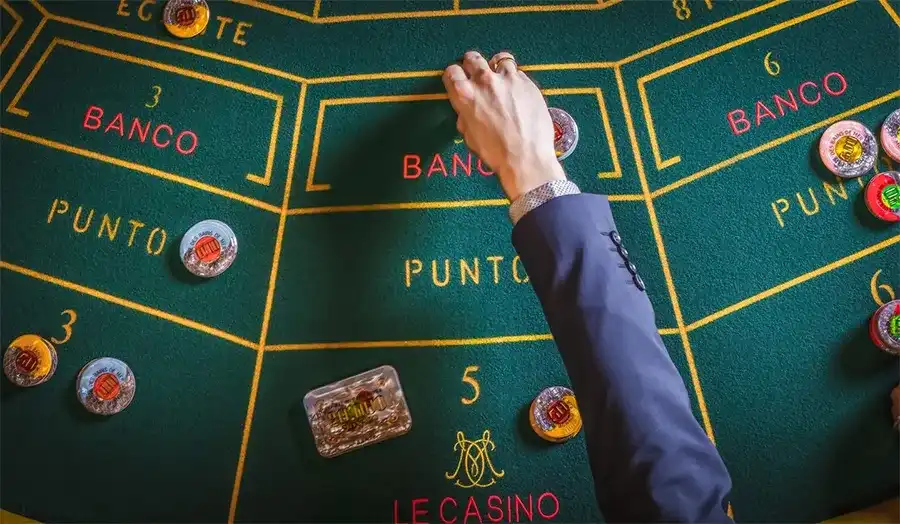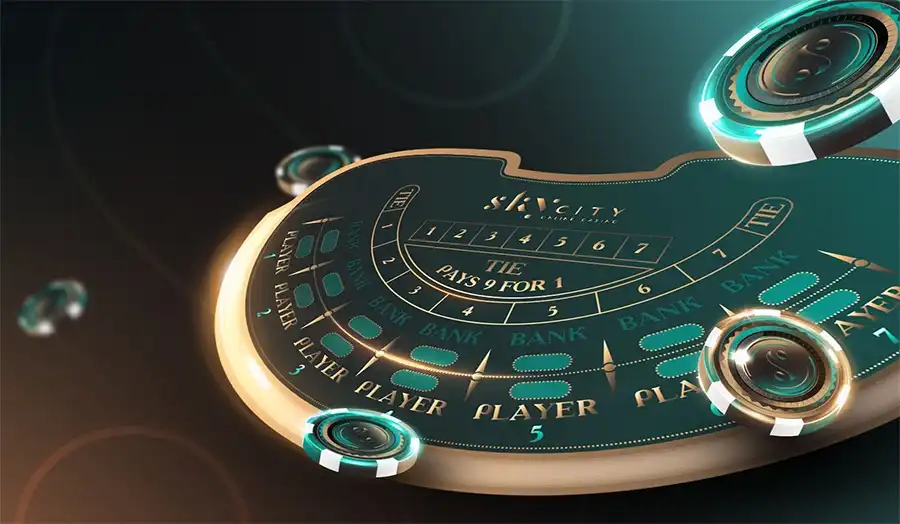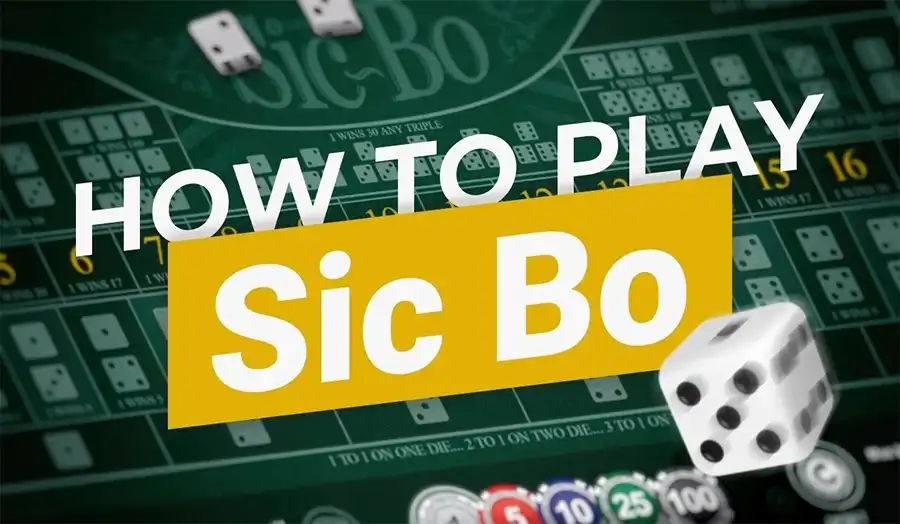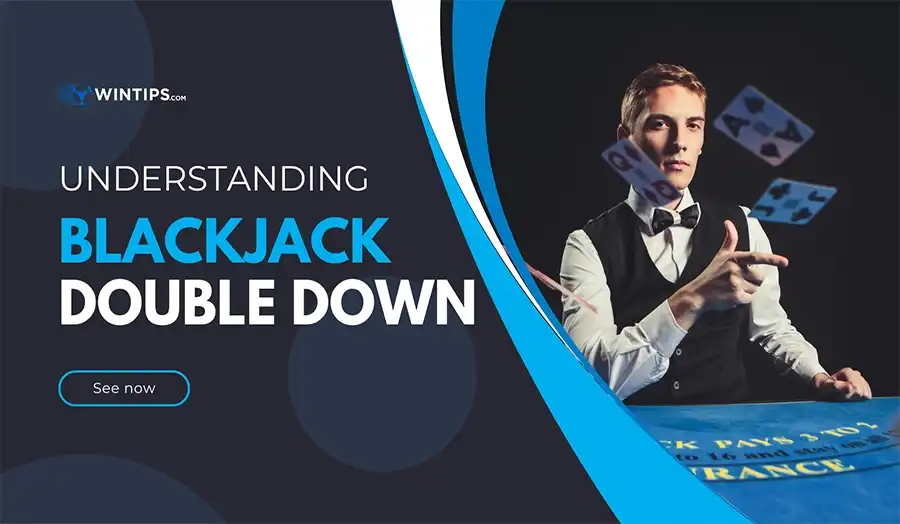Baccarat has evolved into multiple formats across land-based and online casinos, giving players different levels of interaction, pace, and betting flexibility. Understanding the various types of baccarat is the first step toward making smarter choices at the table. When this knowledge is combined with the ability to interpret and calculate baccarat odds, a player gains a genuine edge - not by beating the house outright, but by selecting bets that reduce risk and improve return over time. Win betting tips introduces the following guide to help players understand every baccarat variation and its impact on your strategy.
Types of Baccarat you should know before playing
Punto Banco
Punto Banco is the most widely played version today, especially in North America, Europe, and online casinos. Players only need to place their bets, while all drawing and standing decisions are handled automatically by the dealer. This simplicity makes it ideal for beginners who want an easy-to-understand game.

Because all card decisions are automated, Punto Banco allows players to focus entirely on betting strategy and bankroll management. Its predictable rules reduce errors, making it a favorite for casual gamers and high rollers alike who want fast-paced action without complex decisions.
Chemin de Fer
Chemin de Fer is a traditional European version where players take turns acting as the Banker. Participants can decide whether to draw or stand, introducing a higher level of strategy compared to Punto Banco. This version is often reserved for experienced or high-stakes players.

Chemin de Fer encourages social interaction at the table, as players alternate being the Banker and must discuss or signal their decisions. This adds a psychological element to the game, rewarding players who can read opponents and make calculated risks.
Baccarat Banque
Baccarat Banque is similar to Chemin de Fer, but one player holds the Banker role for a longer period, significantly influencing game flow. This setup increases interaction and baccarat strategy while allowing the Banker to manage the table’s dynamics.

In Baccarat Banque, the extended Banker role often creates a more stable rhythm, giving players the chance to observe patterns and trends before placing bets. Skilled Bankers can influence the table’s momentum, which adds a layer of strategy absent in faster versions.
Mini Baccarat
Mini Baccarat brings Punto Banco rules to a smaller table with a faster pace. It’s suitable for beginners or casual budgets, allowing more hands per hour. However, players must maintain strict bankroll discipline due to the increased game speed.

The smaller table and quicker pace in Mini Baccarat make it a thrilling option for those who enjoy constant action. However, this speed can lead to faster losses if players are not disciplined, highlighting the importance of setting limits and pacing your bets.
Speed Baccarat & No Commission Baccarat
Modern online versions like Speed Baccarat accelerate each round, while No Commission Baccarat removes the 5% fee on Banker wins but adjusts payouts to preserve the house edge. Some editions also include side bets like Dragon or Tiger, adding excitement even though they are less favorable in the long term.

These modern variations cater to online audiences seeking adrenaline and convenience. While Speed Baccarat emphasizes rapid decision-making, No Commission Baccarat appeals to those wanting slightly better returns on Banker bets - but both require players to understand altered odds and side bet risks.
Fact: Research across major land-based and online casinos indicates that Punto Banco dominates the baccarat landscape as the most played version globally.
Why the type of Baccarat influences your chances
Different styles of baccarat may look identical at first sight, yet they can shift the dynamics of your results. Mini Baccarat, for example, plays significantly faster than standard Punto Banco tables, forcing your bankroll to endure more rounds in less time. Even good bets lose occasionally - and when losses come faster, the impact feels much heavier.
The more strategic versions like Chemin de Fer allow skilled players to make decisions about drawing, which may change expected outcomes slightly. Meanwhile, formats featuring side bets or modified payouts are often mathematically less favorable even though they appear more thrilling. Recognizing these differences ensures you do not unknowingly play a version where the casino edge becomes too dominant.
Knowing the types of baccarat is not about trivia - it’s about controlling the level of volatility you are exposed to.
How to calculate Baccarat odds and understand house edge
No player should approach baccarat blindly. The game is famous for offering one of the lowest house edges in the casino world, but only when the right bets are chosen. At its core, how to calculate baccarat odds begins with identifying the long-term performance of the three main wagers.
The Banker bet wins slightly more often than every other option, thanks to drawing rules that favor its position. Statistically, it is the strongest bet in standard baccarat, carrying a house edge of roughly 1.06%. Even with a commission on most wins, it remains the mathematically superior choice. The Player bet stands close behind at about 1.24%, making it a fair alternative when players prefer even payouts and avoid commission deductions. The Tie bet, however, tells a different story. Despite its high payout, the chance of both hands finishing with equal totals is low, resulting in a house edge exceeding 14%. Over time, this can drain funds rapidly and unexpectedly for those chasing the big score.
Understanding baccarat odds is not about memorizing numbers - it’s about learning which bets align with sustainability and which ones are pure entertainment.
How odds shift across different game variations
Once you start exploring the full range of baccarat tables, it becomes clear that not all opportunities are equal. No Commission Baccarat gives the illusion of fairness by eliminating the traditional 5% deduction on Banker wins. But in exchange, some winning results pay less, which quietly increases the house edge. Live dealer innovations often introduce side bets that are fun to follow yet statistically unfavorable, sometimes returning less than half the value offered by the main bets.
Game speed also has a direct connection to profitability. Faster versions multiply both wins and losses, pushing emotional decisions if the player is not prepared. That is why experienced players treat odds not as fixed data but as a variable shaped by their choice of format.
Controlling your casino performance starts with selecting the version of baccarat that supports your financial strategy.
Wrapping up
Choosing the right types of baccarat is not about personal taste alone - it is a financial decision. When players understand how to calculate baccarat odds, they avoid traps like Tie bets, manage their bankroll more responsibly, and give themselves the best shot at finishing ahead. Baccarat will always involve chance, but informed decisions shift the experience from reckless gambling to calculated strategy.
The game rewards players who pay attention. Confidence does not come from superstition; it comes from knowing what you are facing and applying logic every round you play.
Continue reading: Baccarat drawing rules: A complete guide to the third card rule







